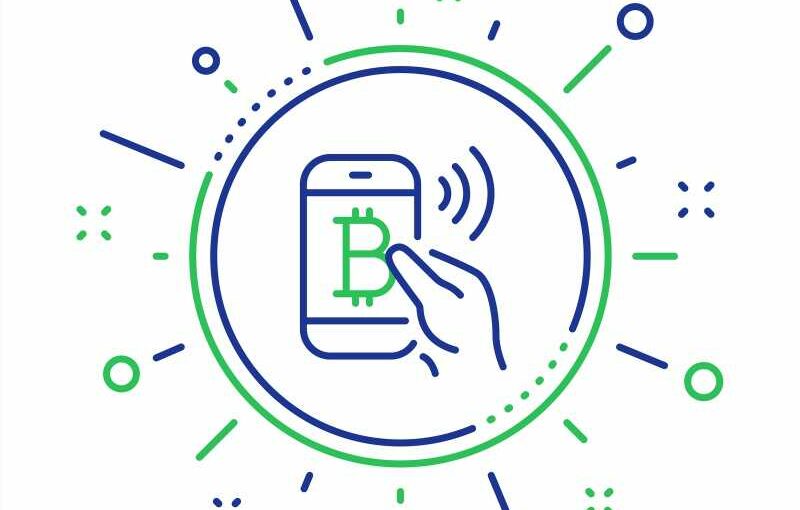Although e-commerce has existed for twenty-five years, and makes up a substantial portion of the global economy, the ability to spend very small sums online remains an elusive challenge. Blockchain advocates have long pushed cryptocurrency as a solution to this problem, and now that claim is nearing reality. Advancements in scalability and reduction of fees is beginning to make micropayments a very real option for digital transactions, which is all but certain to create new business models, and could play a key role in bringing crypto to the masses.
The vast majority of online purchases are made with credit cards, which use fee structures that pre-date the Internet and are designed for brick-and-mortar stores. Each transaction in this legacy system requires the merchant to pay a fixed fee, usually between USD $.50 and $1.00, plus a percentage of the sale price. The merchant has an account with a bank to manage the processing. This arrangement makes micropayments impossible, but the credit card companies and their partner banks have refused to create a modern payment infrastructure that would work with smaller sums.
Cryptocurrency provides a solution to this problem, but until recently transaction fees have been too high, and too unpredictable, to make small value payments worthwhile. Now this issue may finally be resolved, as developments among crypto platforms have dramatically brought down fees, and in some cases eliminated them entirely. The Lightning Network (LN) is the best known of these advancements, but there are others that also hold tremendous promise.
Basic Attention Token (BAT) stands out in this area, as micropayment capabilities are part of its core design and intended to be used by its Brave Browser. Also, micropayments are a key element of the Internet of Things (IoT), and are thus possible on platforms geared toward this sector such as IoTX and Iota. In fact, Iota’s unique network architecture enables it to be feeless. Nano and Byteballs are two others that also have zero transaction fees.
Perhaps the most revolutionary use of micropayments will be in the field of online media, where consumers will soon be able to quickly and securely pay tiny sums to read individual articles or watch specific videos. This business model has been long been a dream of Internet content providers, but has been impossible to implement due to high credit card fees. There is also the potential for such payments to be made to charities and interest groups.
The ability to make very small payments opens the door to entirely new economic and logistic systems. For example, in manufacturing, factory owners could rent equipment, even remotely, and pay for usage based on very precise parameters. Micropayments also enables the monetization of data, as individuals and businesses can be compensated for sharing useful information with third parties. One of the first steps in this direction is Jaguar Land Rover’s plans to integrate Iota into its vehicles, and pay drivers to share details such as road or traffic conditions.
The introduction of a true micropayment infrastructure is one of the many revolutionary changes promised by the blockchain revolution. Because of the relative ease of implementation, it will likely be one of the earliest means of mass adoption. Although it remains far too early to determine which platforms will survive long-term, there is no doubt that the capability of sending such transactions will be a crucial part of any successful blockchain asset.
Featured Image via BigStock
Source: Read Full Article
